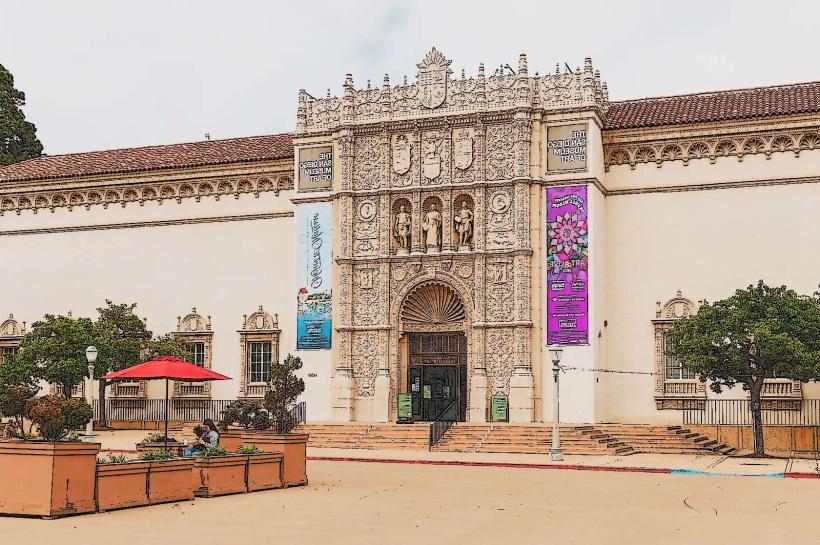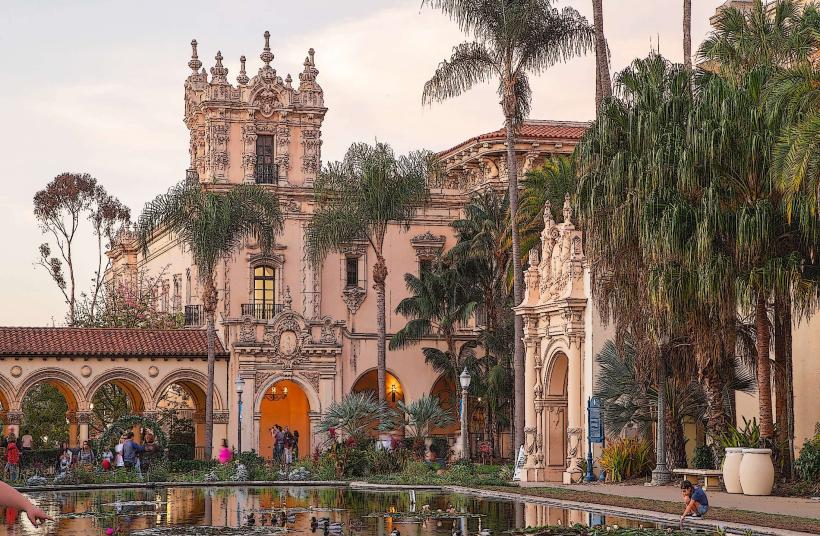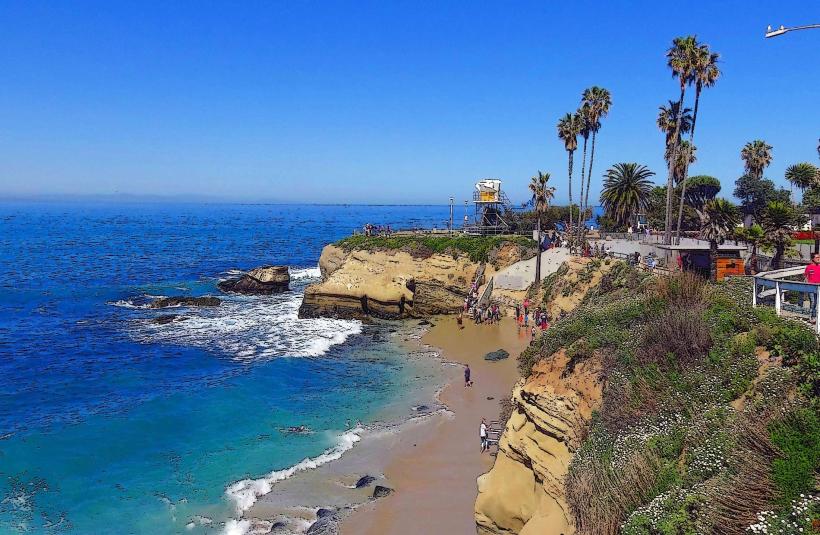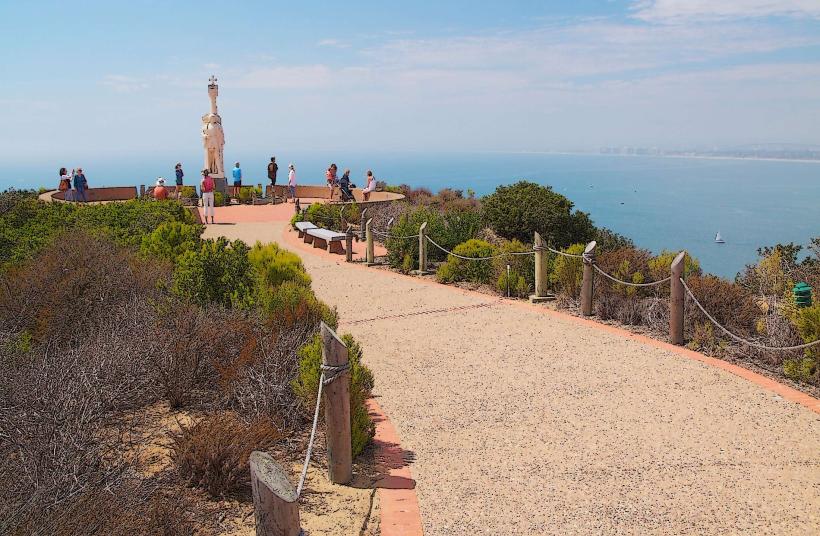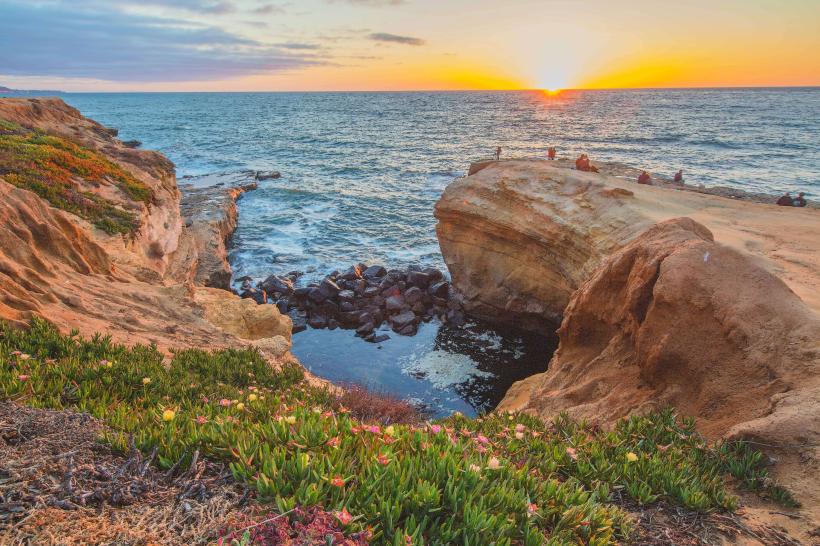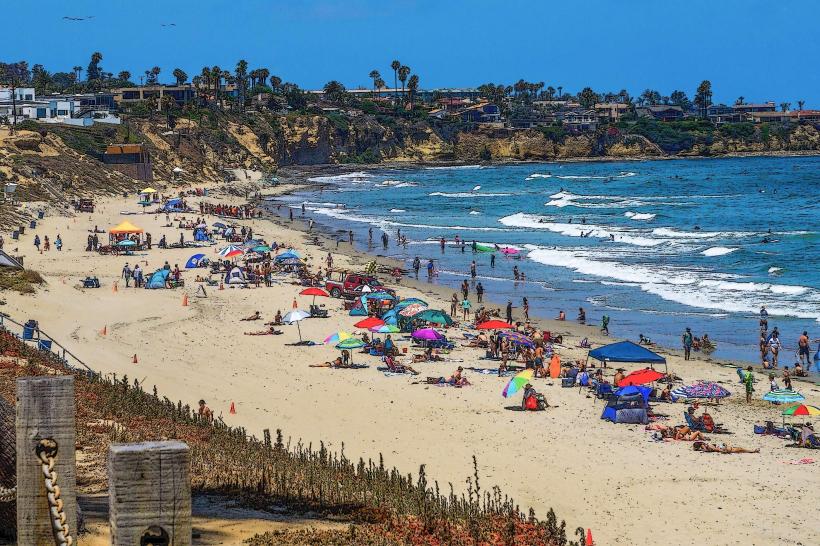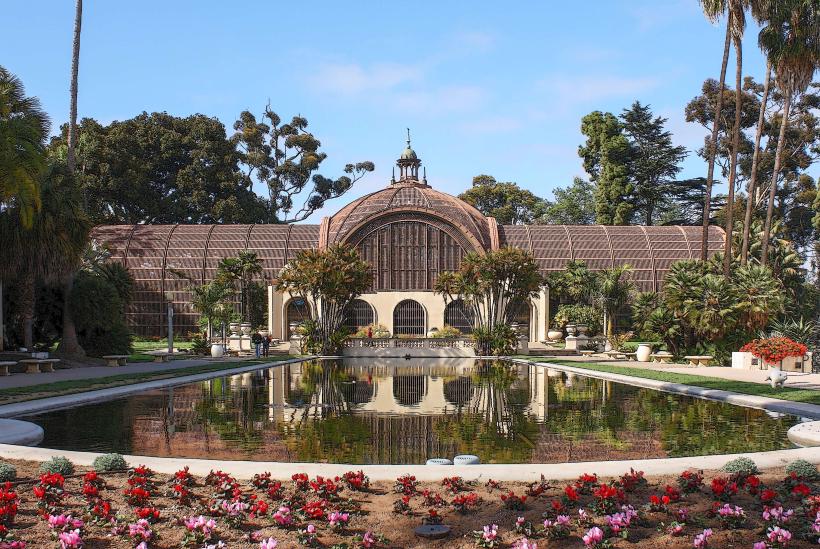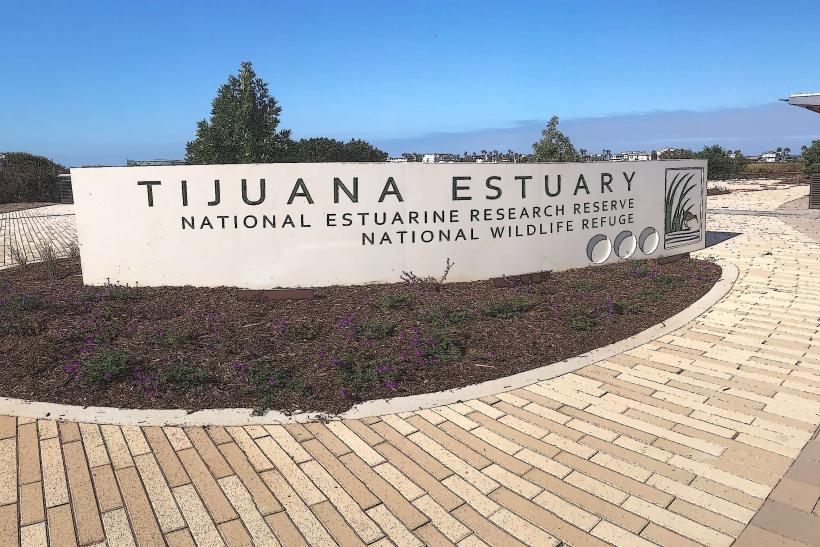Information
Landmark: Torrey Pines State ReserveCity: San Diego
Country: USA California
Continent: North America
Torrey Pines State Reserve, San Diego, USA California, North America
Torrey Pines State Natural Reserve is one of the most beautiful and ecologically significant areas in San Diego, California. Located in the coastal cliffs of La Jolla, this 2,000-acre reserve is home to rare wildlife, particularly the Torrey pine, which is one of the rarest species of pine trees in the United States, only found in this area and on Santa Rosa Island off the coast of Santa Barbara. The reserve offers a combination of scenic hiking trails, unique geological features, and stunning ocean views.
1. Geography and Landscape
Location: Situated on the bluffs of the Pacific Ocean, Torrey Pines State Natural Reserve offers breathtaking panoramic views of the coastline. It features rugged cliffs, wildflower-filled meadows, and badlands (erosion-formed hills).
Coastal Habitat: The reserve is rich in coastal sage scrub, chaparral, and sandstone formations, which make it a critical habitat for both native plants and animals.
Torrey Pines: The iconic Torrey pine tree (Pinus torreyana) grows here, distinguished by its long, slender needles and its adaptability to the coastal environment. The tree is considered an endangered species, and conservation efforts are key to preserving it.
2. Hiking Trails
The reserve offers 8 miles of trails that provide access to a variety of ecosystems and offer incredible views of the ocean, the cliffs, and the surrounding terrain. Below are some of the most notable trails:
Guy Fleming Trail: This 0.7-mile loop is an easy, accessible trail suitable for all levels. It offers spectacular views of the coastline and, during the winter months, gives hikers a chance to spot migrating gray whales. The trail is one of the best spots in the park to see the unique flora and fauna that live in the coastal sagebrush.
Razor Point Trail: A 1.4-mile round-trip trail, Razor Point Trail takes you through varied terrain with dramatic cliffs, offering awe-inspiring views over the Pacific Ocean and the surrounding badlands. This trail is particularly beautiful in the spring when wildflowers bloom.
Beach Trail: A 0.75-mile trail that takes you down to Torrey Pines State Beach, this descent offers a perfect connection to the coastline, ideal for those wanting to walk along the beach or watch surfers.
Broken Hill Trail: For those seeking a longer adventure, the 2.5-mile loop trail provides panoramic views from the cliffs, showcasing the varied landscape and ocean vistas. It’s a great trail for observing the reserve's diverse plant and animal life.
Parry Grove Trail: A 0.5-mile loop that connects visitors to native vegetation and offers a close-up view of the Whitaker Garden, which displays an array of native California plants.
3. Flora and Fauna
Flora: Apart from the rare Torrey pines, the reserve is home to other species such as coastal sagebrush, coyote bush, and purple sage. The reserve also features a variety of wildflowers, especially during the spring months when colorful blooms transform the landscape.
Fauna: Torrey Pines is home to a range of wildlife, including birds, rabbits, foxes, and deer. Birdwatchers can enjoy spotting red-tailed hawks, California quail, and western bluebirds. Additionally, the park is a crucial stop for migrating gray whales during winter months, making it a great spot for whale watching.
4. Scenic Views and Photo Opportunities
The park’s trails provide some of the most breathtaking views of the Pacific Ocean, Torrey Pines Beach, and the surrounding La Jolla coastline. From the cliffs, visitors can also capture spectacular photos of the sandstone formations and the rare coastal plants.
During the spring, the landscape is even more vibrant with blooming wildflowers, creating an additional opportunity for stunning photos.
5. Visitor Center
Located near the park's main entrance, the Visitor Center is a great starting point for first-time visitors. It provides educational exhibits on the reserve’s flora, fauna, and history, and it’s where you can learn about ongoing conservation efforts. The center also offers guided tours on weekends and holidays, starting at 10:00 AM and 2:00 PM, lasting about 1 hour.
Hours: The center is open from 9:00 AM to 6:00 PM during daylight saving time and 10:00 AM to 4:00 PM during standard time.
6. Parking and Access
Entrance Fee: A $10–25 fee is charged for parking at the park entrance. The fee is collected at a gate that’s open from 8:00 AM to sunset daily.
Parking Options: There are two main parking lots located within the park, but the spaces can fill up quickly, especially on weekends. Additional free parking is available along Highway 101 near the park entrance, but these spots may require a short walk.
7. Best Time to Visit
Whale Watching: The best time for whale watching is in winter, especially from December to February when gray whales migrate along the coast. The Guy Fleming Trail and the Razor Point Trail offer prime whale-watching locations.
Wildflower Blooms: For wildflower enthusiasts, the best time to visit is spring, when the hillsides and valleys are blanketed with colorful flowers.
Cooler Weather: Since the park’s trails are mostly exposed to the sun, the best months to hike are fall and winter, when the temperatures are cooler.
8. Facilities
Restrooms: There are restrooms available at the Visitor Center and near the beach access point.
No Food or Drink: The reserve is a day-use park, and there are no food or drink sales onsite. It’s advised to bring water and snacks with you, especially if you're planning to hike.
9. Conservation Efforts
The park plays a significant role in the conservation of the rare Torrey pine and its surrounding ecosystem. Visitors are encouraged to respect the natural environment by sticking to designated trails, not picking plants, and not disturbing wildlife.
10. Accessibility
The park has several accessible paths, including the Guy Fleming Trail, which is suitable for people with limited mobility or strollers. Wheelchair-accessible restrooms are available, and the Visitor Center is also fully accessible.
Conclusion
Torrey Pines State Natural Reserve offers a perfect escape for nature lovers, hikers, and photographers, combining scenic beauty, rare flora and fauna, and stunning views of the Pacific Ocean. Whether you're hiking along the cliffs, admiring the rare Torrey pines, or enjoying the peaceful ambiance, Torrey Pines provides a refreshing and enriching outdoor experience. The reserve’s dedication to conservation and education ensures it remains a vital part of San Diego’s natural heritage.


